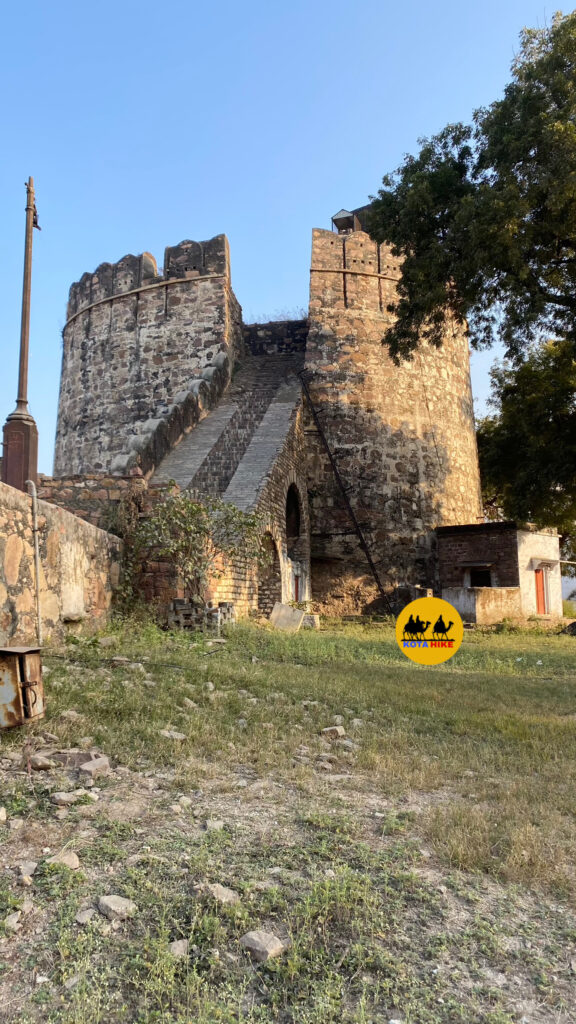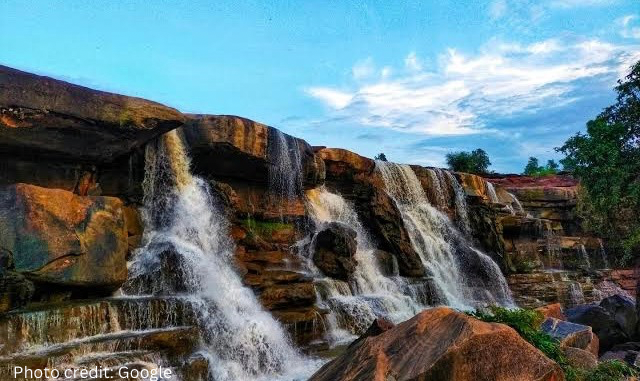
The rao madho singh trust museum, kotah garh or city palace
Author: Mayuri Tiwari
The foundations of the City Palace (also known as the Garh) were first laid in 1264 C.E. by Prince Jait Singh of Bundi on the spot where he sacrificed and buried the severed head of the defeated Bhil Chieftain Koteya who had previously ruled the region. The name ‘Kotah’ is often said to memorialize the human sacrifice of Koteya. Historians estimate its history to be around 700 years old.
Today, one enters the City Palace from the Naya Darwaza on the Tipta Chauraha, the old city’s main square. This gateway, which is surmounted by the Hawa Mahal (Palace of the Winds) with its numerous screened windows that allowed the ladies of the Palace to look onto the outside world without themselves being viewed, was built at the turn of the 20th century by Maharao Umed Singh II.
Kota Garh Palace Highlights
- Miniature Painting – Kotah is famous for its school of miniature painting that flourished from the mid-17th through late-19th centuries. The Kotah atelier worked in many genres, but the subject matter for which it is most well known is the exuberantly energetic, densely detailed shikar (hunting) scenes that depict Kotah’s rulers and courtiers hunting lions, tigers, rhinoceros, wild boar, and antelope in the Kingdom’s thick jungle reserves.
- Palanquins and elephant howdahs – The Museum is home to a dazzling collection of silver and silver-gilt thrones, palanquins and elephant howdahs as well as the royal regalia that previously accompanied the rulers of Kotah whenever they appeared in public on ceremonial occasions.

- Arms and Armour – There is also a rare 18th–century, full suit of armour for horse and rider, numerous swords and daggers that are decorated in low relief with elephants and hunting scenes, and collections of spears, maces, and other ingeniously lethal weapons.

- Scientific Instruments Yantras – The Museum’s unusual collection of astral instruments which were used to make astrological calculations based on exceptionally accurate empirical observations, which themselves required sophisticated scientific understandings of the natural world. One such instrument is the Museum’s deceptively simple but very precise water clock.

The Museum has antique and treasure-worthy articles such as arms and armour, ritual objects, textiles and objets d’art, and world–famous miniature paintings and wall frescos. The palace houses Gulab Mahal, Purana Mahal, Arjun Mahal, Hawa Mahal, Diwan-e-Aam, Akhada Mahal, Kanvarpadi. The common feature among all these royal apartments are the wall paintings depicting floral and faunal diversity, hunting scenes, processions and scenes from the legend of Lord Krishna, one of the tutelary deities of Kota.

Ticket Price: Indian Student RS.20/- (Children’s Below 12 Yrs RS.20/-)
Indian (Only Museum) RS.40/-
Indians Inclusive of Badal Mahal RS.100/-
Foreigners Inclusive of Badal Mahal RS.350/-
Photography Fee RS.100/-
Visiting Hours: 10:00 AM to 4:30 PM are the hours (MUSEUM SHALL REMAIN CLOSED ON ALL GOVT. HOLIDAY’S)
Spend Time: 2-3 Hours
Address: Kotah Garh City Palace, Kaithooni Pole, Kota Rajasthan





